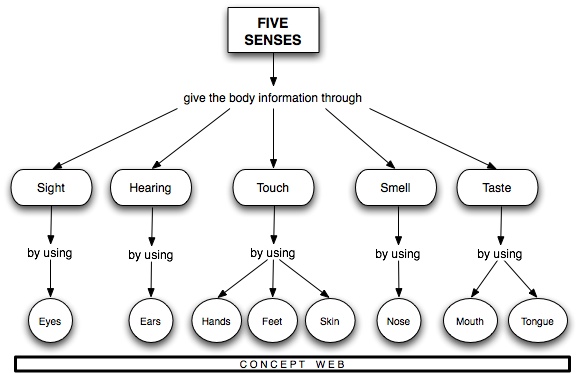PARA LOS MÁS PEQUEÑOS
¿Cómo pueden los niños pequeños aprender a cuidar el planeta Tierra?
Una de las maneras es a través de las experiencias de hacer artes manuales. Durante el proceso de hacer artes manuales los niños se familiarizan con las cualidades naturales de la tierra tal como hojas, rocas, caracoles, terreno, viento, lluvia y el sol.
Los niños también aprenden a observar, crear y a mantenerse en contacto con los cambios continuos del mundo. Estos desarrollan un cariño y amor hacia la Tierra aprendiendo a reciclar y a usar materiales para hacer proyectos de arte y manualidades en lugar de desecharlos.
Es importante que los niños sean sensibilizados antes , durante y posteriormente de cada actividad sugerida, que vean el video y después que vayan a sus grupos a realizar las actividades.Disfruten!!
KINDER 1
¿Qué es amar la vida en la tierra?
Es cuidar y mantener limpio el aire, el suelo, las aguas, y la conservación de las plantas y los animales.
a.-Collage de Reciclar, Reutilizar y Reducción.
Escribe una letra R grande un pedazo de papel grande. Usa papel que vas desechar y únelo con cinta adhesiva para crear un cartel. Anima al niño a trazar con pintura sobre la letra R.
Van a realizar un paisaje con objetos reciclados, por ejemplo un plato desechable puede ser el sol y sus rayos los podemos hacer con tiras plateadas de las bolsas de papitas. Las nubes pueden ser hojas de papel recicladas. etc, etc. Corta pedazos de periódico, papel de páginas de revistas viejas, y cualquier otro papel desechable. Dibujen arboles, edificios, casas, flores y el mar en el cartel. Peguen los pedazos de papel desechable y a rellenar los dibujos con material reciclado. Mientras el niño está haciendo el collage, discuta como ellos está reutilizando los materiales para hacer un arte - el collage.
Si desean pueden añadir otros materiales naturales al collage, hojas secas, etc.
Van a realizar un paisaje con objetos reciclados, por ejemplo un plato desechable puede ser el sol y sus rayos los podemos hacer con tiras plateadas de las bolsas de papitas. Las nubes pueden ser hojas de papel recicladas. etc, etc. Corta pedazos de periódico, papel de páginas de revistas viejas, y cualquier otro papel desechable. Dibujen arboles, edificios, casas, flores y el mar en el cartel. Peguen los pedazos de papel desechable y a rellenar los dibujos con material reciclado. Mientras el niño está haciendo el collage, discuta como ellos está reutilizando los materiales para hacer un arte - el collage.
Si desean pueden añadir otros materiales naturales al collage, hojas secas, etc.
B.- Vamos a colorear!!
KINDER 2
A.-Vamos a elaborar unas bolsas para basura muy lindas y se las vamos a regalar a nuestros padres para que las lleven en su auto, de esta manera evitaremos la basura que muchos automovilistas avientan en la calle.
te mando este bonito dibujo que vas a rellenar pero con un material que nadie , nadie voltea a ver y que nada mas tiramos al piso . Con la ayuda de tu maestra vamos a recortar en tiritas las envolturas de las golosinas , dulces, papitas,de las bolsas del te, etc. que nos hemos comido en los últimos días y las vamos a hacer rollitos, estos son con los que rellenaremos la siguiente plantilla.
Mira esto:
KINDER 3
Hoy en día debido al calentamiento global, hace mucho mas calor que otros años, muchas plantas terminan secando su verdor poco a poco y muriendo. Hoy vamos a elaborar una maceta inteligente por que ayuda a que no estemos regando continuamente.
Necesitas: una botella reciclada de agua de 2 litros o litro y medio, tijeras, un desarmador para hacer agujeritos en la botella, tres tiras de fieltro ,una plantita y tierra.
Aquí te pongo la traducción:
1. Haz 3 hoyos de 1 cm aproximadamente separado por 2.5 cm en cada botella.
2. Corta la botella de 2 litros por la mitad.
3. Usando la parte de arriba, agrega 3 vazos de mezcla para macetas con un puñado de abono orgánico o arena. La mezcla para macetas tiene que ser sin tierra/suelo y generalmente una mezcla de composta y arena.
4. Corta 2 pedazos (10 cm largo x 2.5 cm ancho) de tejido que absorbe como fieltro y agregalo adentro de el cuello de la botella.
5. Agrega agua al base de la botella.
6. Planta semilla(s) o una pequeña plantita y hecha un poco de agua encima solo una vez para que las semillas quedan en su lugar.
El tejido lleva el agua hasta la planta.
PREPRI
A.-Con una caja de huevo que reciclemos de casa, un pedazo de tela y mucha imaginación podremos hacer algo bellísimo para celebrar a la tierra, haremos un lindo ramo de flores.
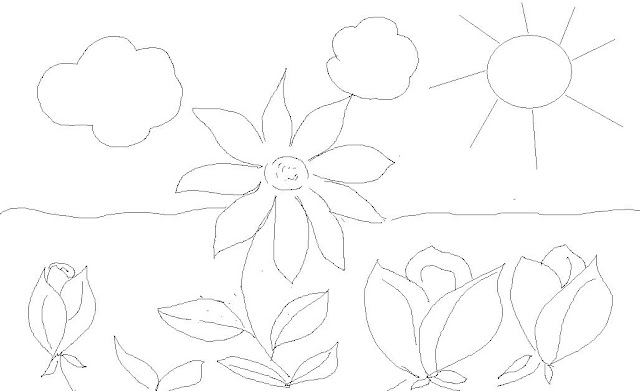
+11.18.47.png)
+14.47.51.png)
+14.47.28.png)


+10.55.14.png)
+09.24.54.png)
+11.34.40.png)
+11.35.09.png)














+09.07.08.png)
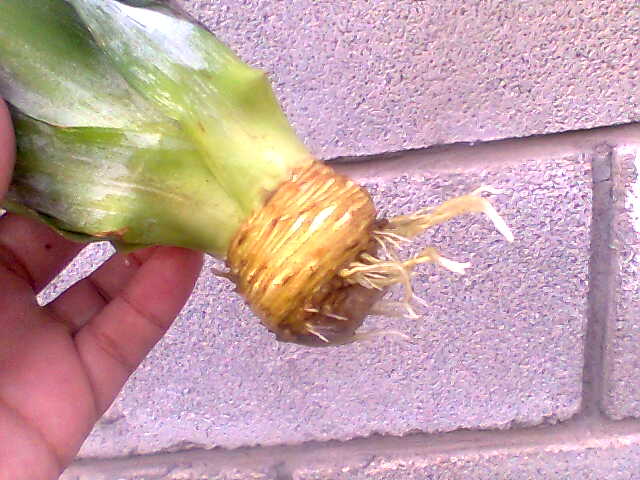
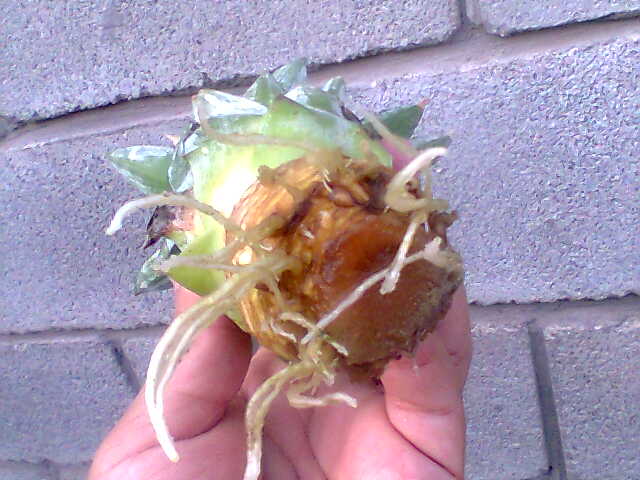

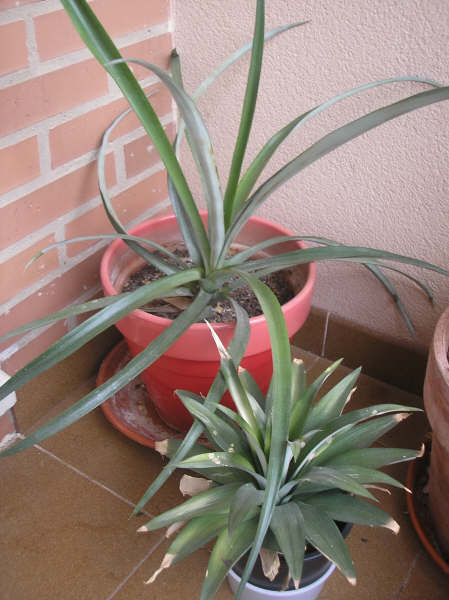


+13.42.37.png)



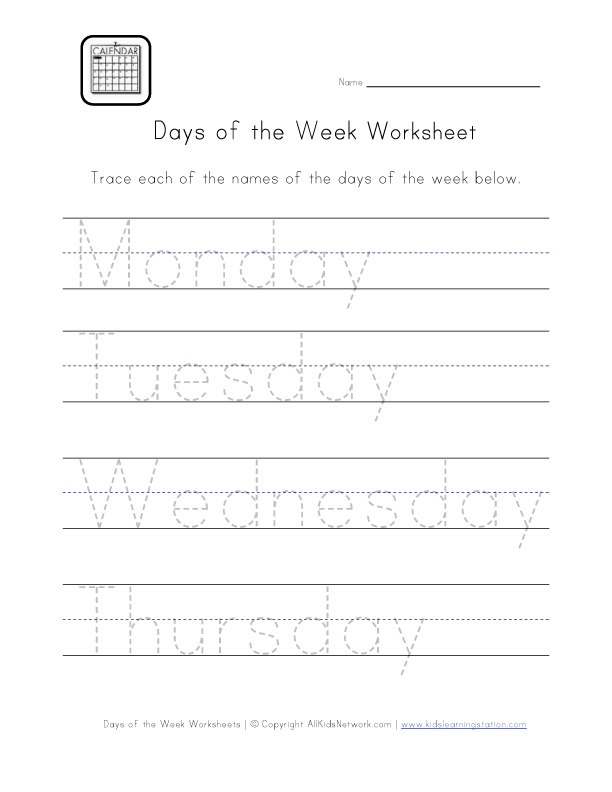
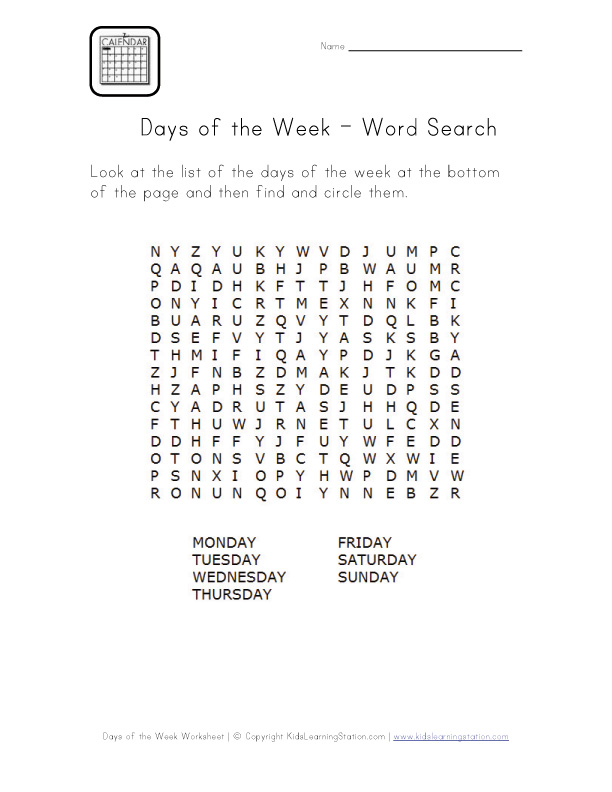
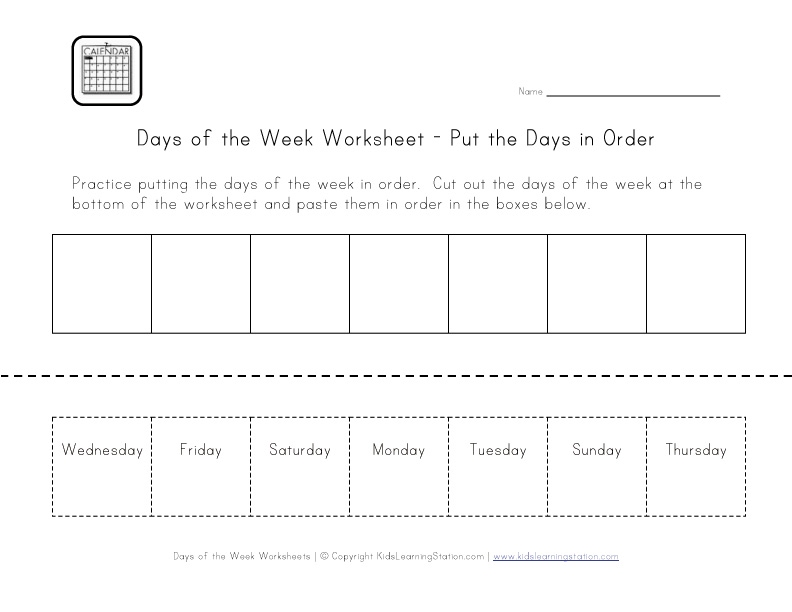
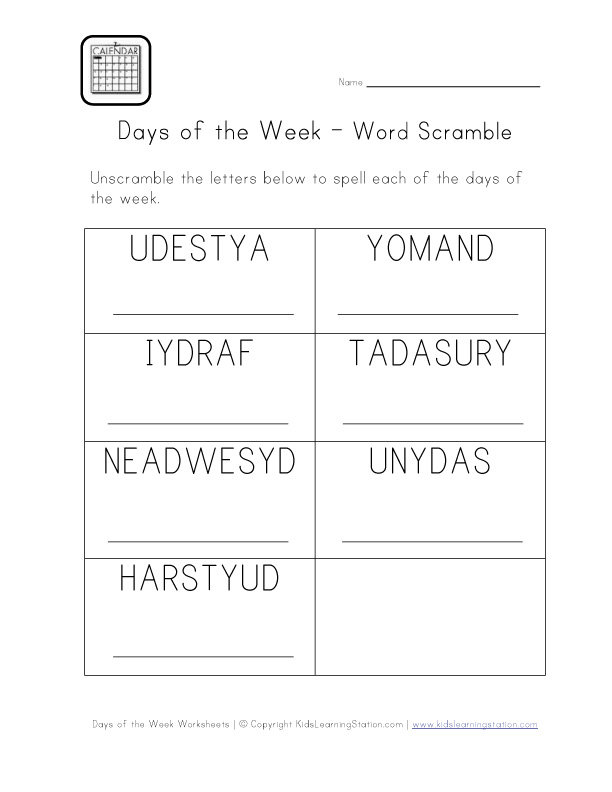
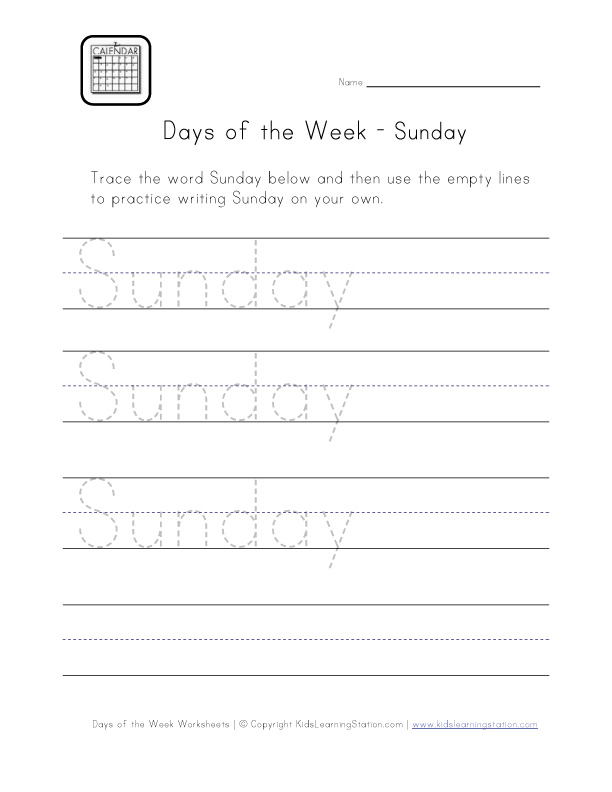
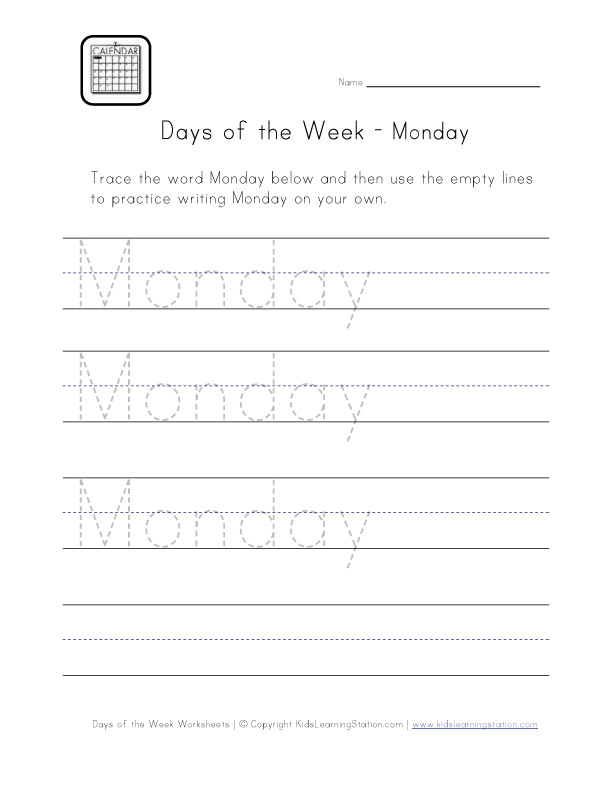
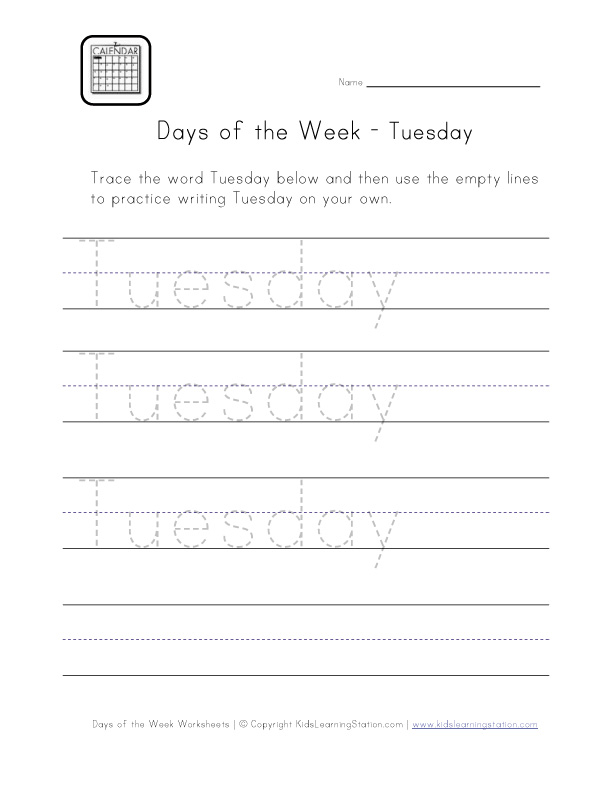
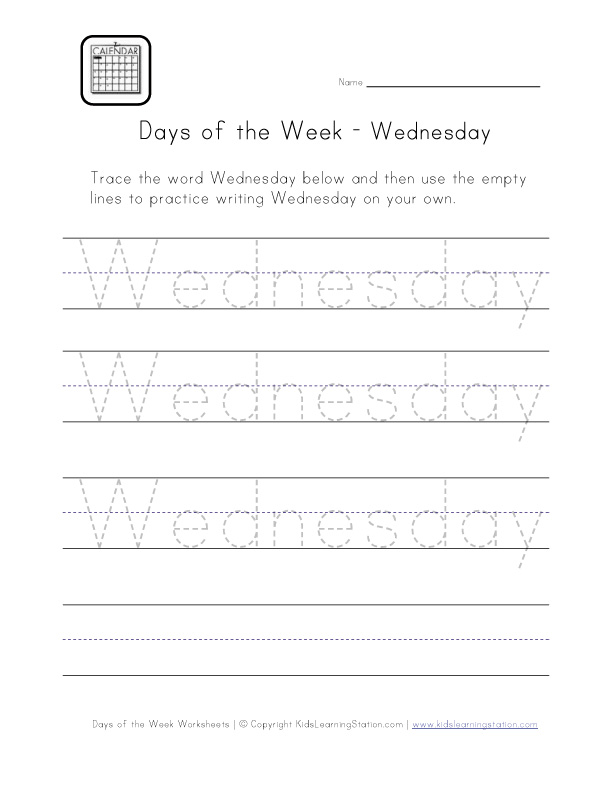
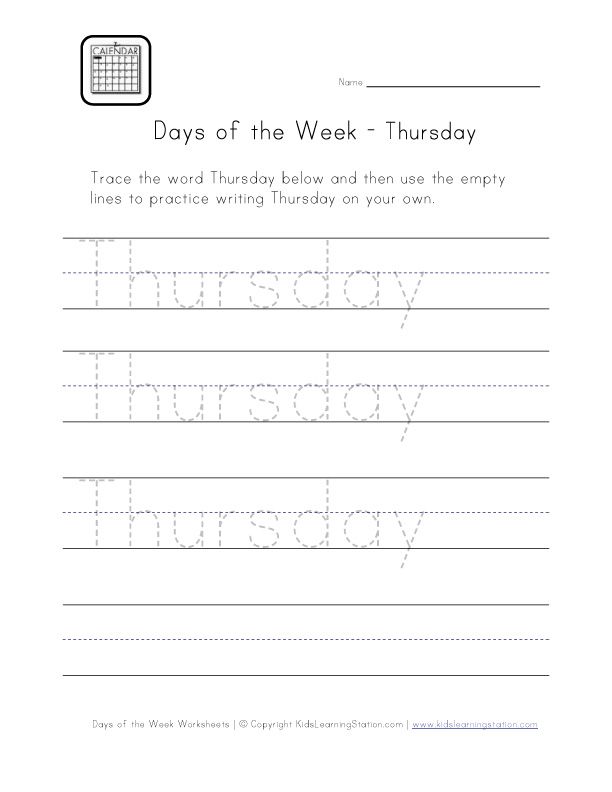
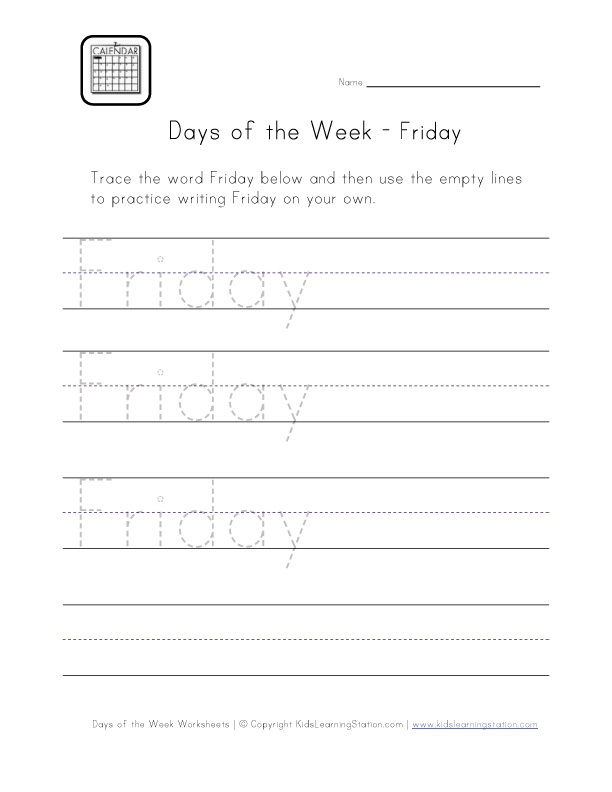
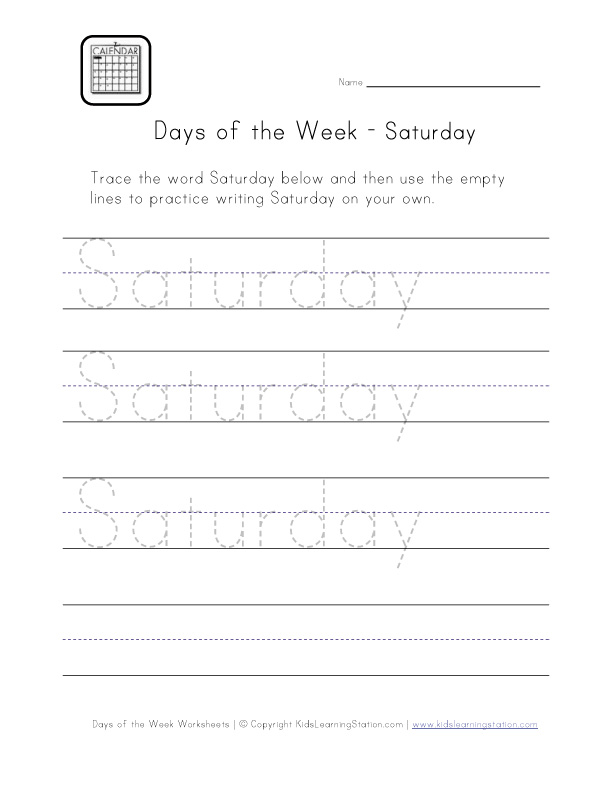
+10.22.52.png)





+14.02.20.png)
+14.02.33.png)
+14.02.48.png)
+14.06.55.png)

